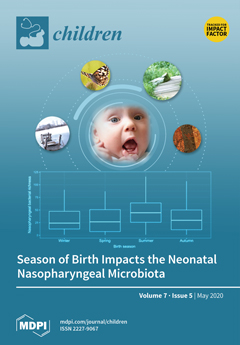Background: Recent research has documented marginalization-related diminished returns (MDRs) of socioeconomic status (SES), defined as weaker effects of SES indicators, such as parental educational attainment, on securing tangible outcomes for the members of socially marginalized (e.g., racial and ethnic minority) groups, compared to
[...] Read more.
Background: Recent research has documented marginalization-related diminished returns (MDRs) of socioeconomic status (SES), defined as weaker effects of SES indicators, such as parental educational attainment, on securing tangible outcomes for the members of socially marginalized (e.g., racial and ethnic minority) groups, compared to privileged social groups (e.g., non-Hispanic Whites).
Aims: To explore race/ethnic differences between non-Hispanic Blacks vs. non-Hispanic Whites who attend urban public schools on the effect of parental education on lower school environmental risk among American high schoolers.
Methods: For this cross-sectional study, we borrowed the Education Longitudinal Study (ELS-2002) baseline data, a nationally representative study that enrolled 1706 10th grade youths who were attending urban public schools. From this number, 805 (47.2%) were non-Hispanic Black and 901 (52.8%) were non-Hispanic White youths. The dependent variable was the level of school social environmental risk measured using 18 items as self-reported, and was treated as a continuous variable. The independent variable was parental educational attainment, treated as a continuous measure. Gender, region, and parental marital status were the covariates. Race/ethnicity was the moderating variable. Linear regressions were applied to perform our data analysis.
Results: Black students were found to attend schools with higher levels of social environmental risk. Youths with parents with a higher educational attainment were found to attend schools with a lower social environmental risk. We found a significant interaction between race (non-Hispanic Black vs. non-Hispanic White) and parental educational attainment on the level of school social environmental risk, suggesting that the protective effect of high parental education on reducing the school social environmental risk was smaller for non-Hispanic Black than for non-Hispanic White youths.
Conclusions: Although high parental educational attainment is protective against social environmental risk for American youths, this protective effect is weaker for non-Hispanic Black than non-Hispanic White youths. The diminished returns of parental education in reducing school social environmental risk may explain why the effects of parental education on educational outcomes are smaller for non-Hispanic Black than non-Hispanic White youths (i.e., MDRs). The social environment indirectly generates racial youth educational disparities through deteriorating non-Hispanic Black youth educational outcomes across all SES levels. To prevent the confounding effects of private, suburban, rural, and Catholic schools, we limited this analysis to public urban schools. More research is needed on other settings.
Full article






